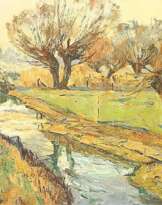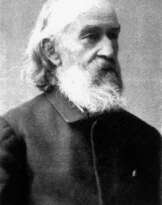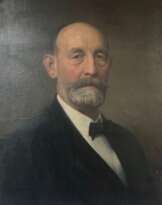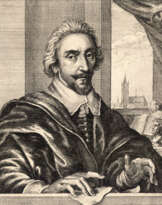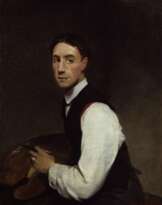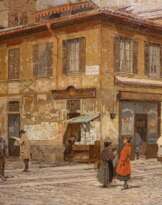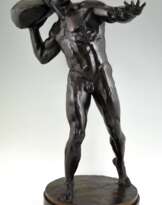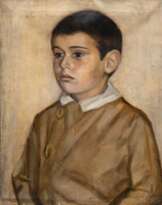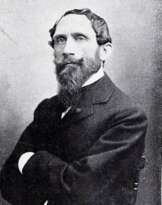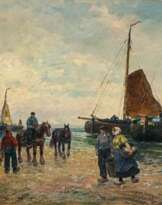Hermann Kaspar (1904 - 1986)
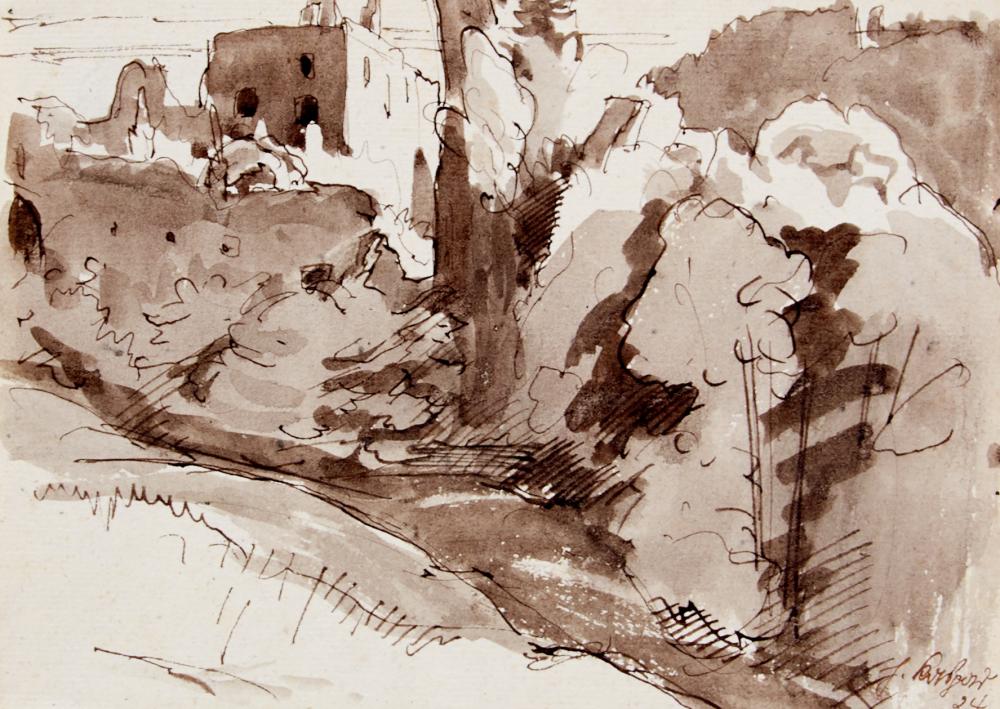
Hermann Kaspar
Hermann Kaspar was a respected German designer, painter and university teacher. He was a student of Edmund Steppes and studied at the Academy of Fine Arts in Munich as a master student with Becker-Gundahl. With the special support of the Academy President German Bestelmeyer, Kaspar won first prize in the competition for the monumental mosaic frieze on the gallery walls in the congress hall of the Deutsches Museum in Munich in 1935 and thus received his first major commission. In line with the taste of the Nazi leadership, Kaspar soon became one of the cultural prominence of the Third Reich. In 1938 he received the professorship for monumental painting at the Munich Art Academy as successor to Julius Diez. In the same year he was commissioned by Albert Speer to design the mosaics, frescoes, floors, friezes and wood inlays for the New Reich Chancellery in Berlin, and he worked on this work until 1941. Although Kaspar was dismissed from the Academy by the Americans, along with Adolf Ziegler, Josef Thorak and other Nazi artists, immediately after the end of the war, he was reinstated as a professor of painting from 1957, despite protests from Karl Caspar, while he was still on his deathbed . Kaspar also received numerous state commissions again.
| Date and place of birt: | 19 april 1904, Regensburg, Germany |
|---|---|
| Date and place of death: | 2 august 1986, Lindau (Bodensee), Germany |
| Nationality: | Germany |
| Period of activity: | XX century |
| Specialization: | Artist, Designer, Landscape painter, Painter |
| Genre: | Landscape painting |
| Art style: | Realism |


